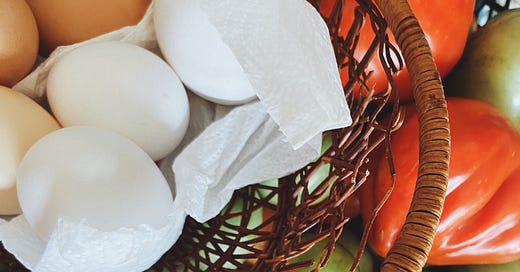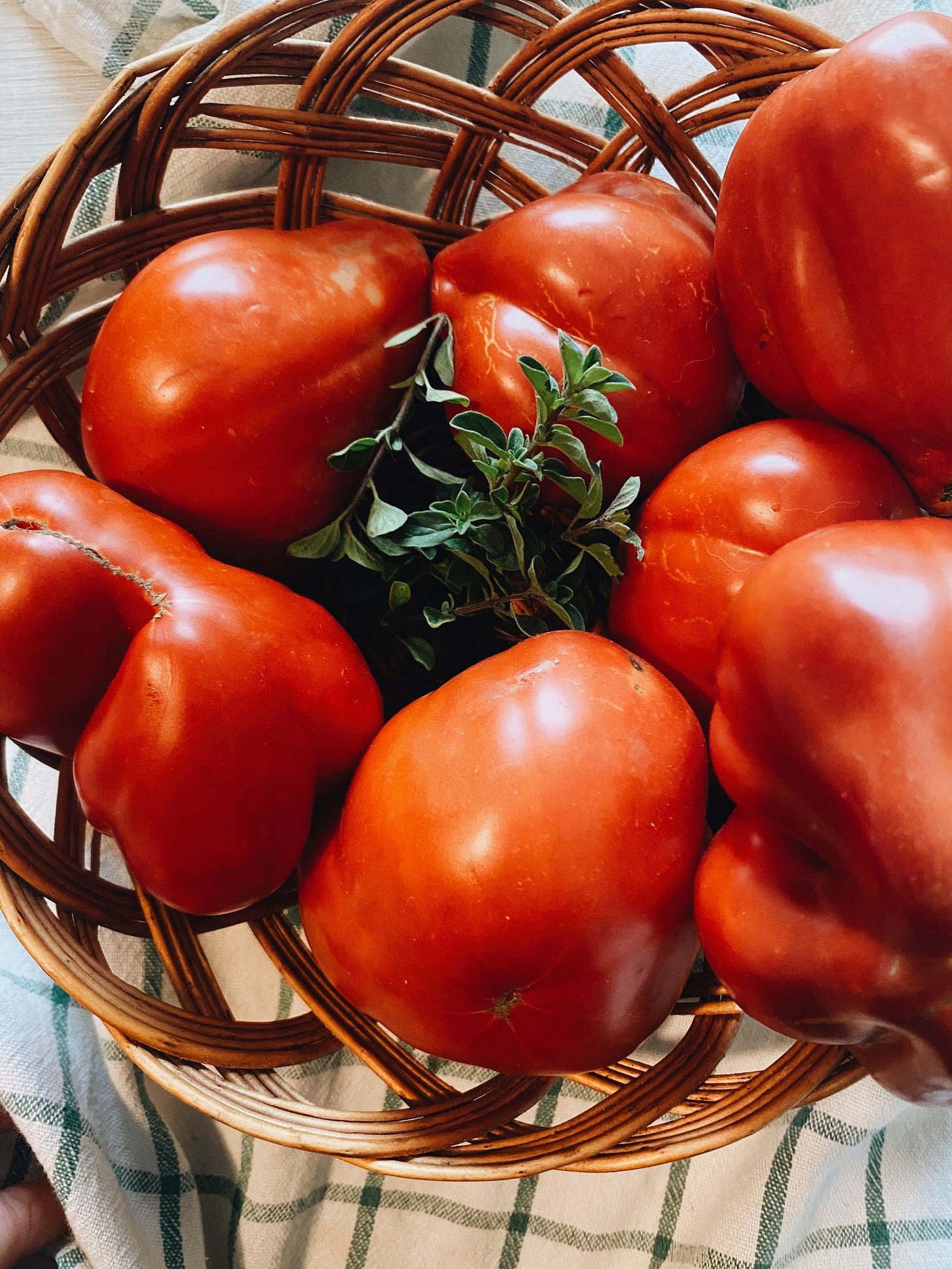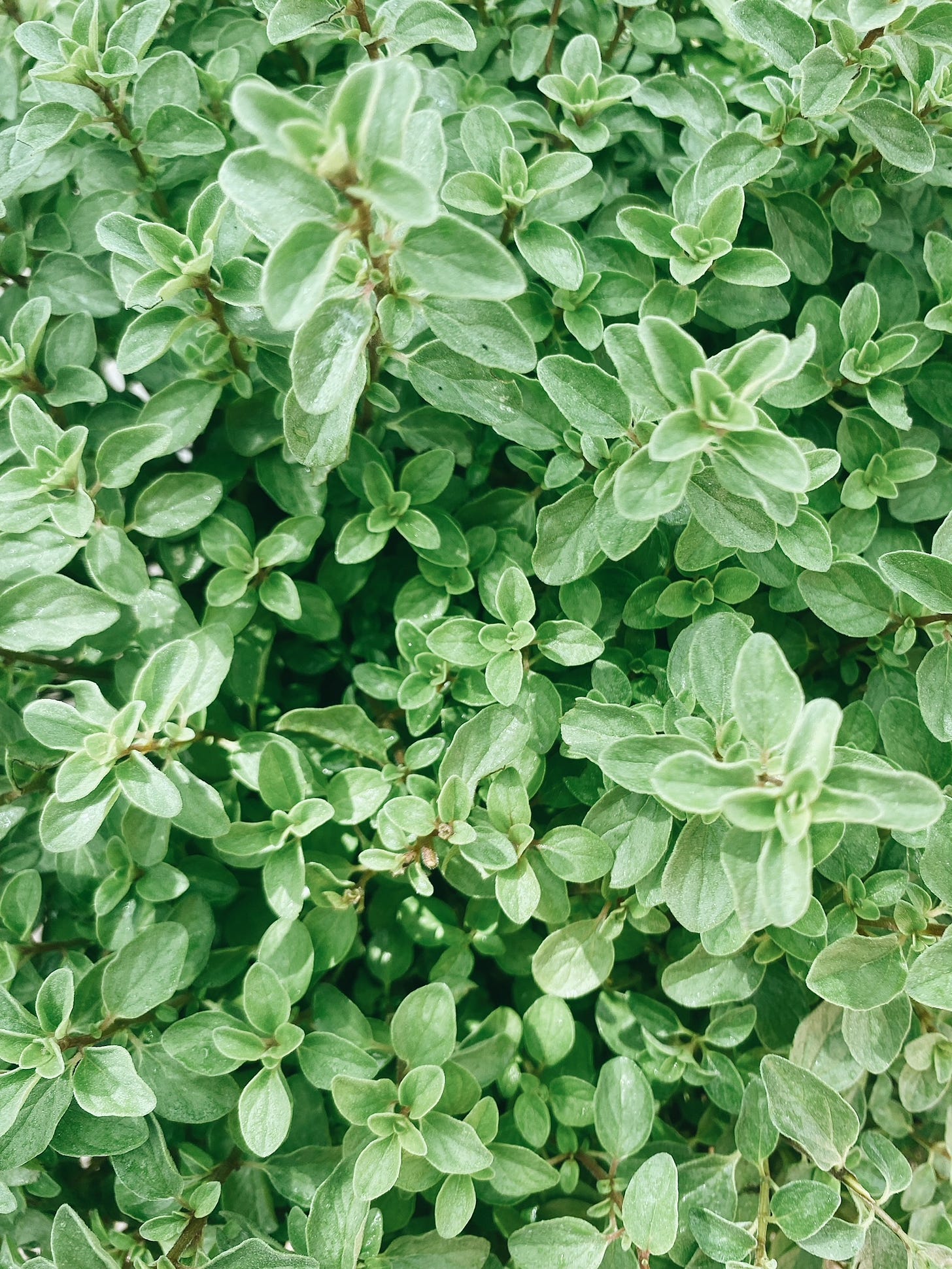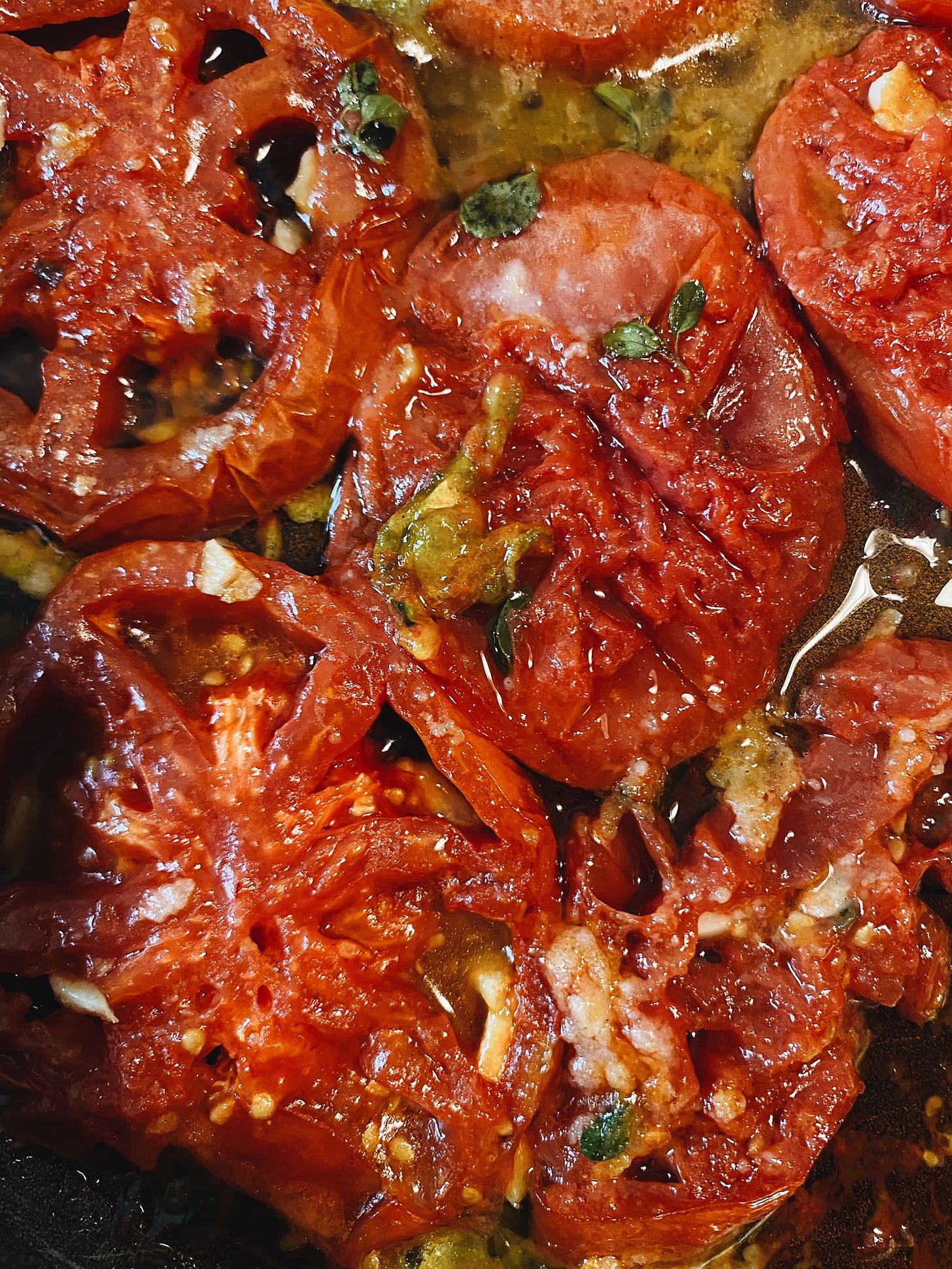Hello from my kitchen in Contigliano. We are on the Rieti plain in NE Lazio’s region of Sabina where I cook plant-inspired seasonal recipes from our local cuisine and write about the rural food traditions that surround us. Thank you for being here.
To show up here more often, I will be publishing shorter form posts like this one in addition to the longer essays and interviews which cover rural travel, the healing power of good food, and introduce us to the local heroes who work with passion to strengthen our food systems.
These shorter posts (which I will eventually give a name to) are a combination of recipes, thoughts, inspiration, and tips from my everyday kitchen here and on Ireland’s Dingle Peninsula. As always, recipes are accessible, flexible to modern diets and naturally gluten and lactose-free.
Most of the recipes that we cook from belong to people who we have never met. Riccardo’s grandparents were farmers in a frazione of Contigliano called Montisola here in Northeastern Lazio where the border of Umbria is so close, that if you threw a stone in the right direction, it might land there. So, for the last 15 years I have been listening to stories of the ‘good times’, you know, the ones where the extended family was always gathering to eat and live in the rhythms of their rural life.
There are many characters in these stories where Nonna Viola with her Aga and Nonno Riccardo with his tractor are the heroes. One of them is zia Elena. Zia Elena was the wife of zio Giovenale Micheli, the brother of Nonno Riccardo. Originally from Settecamini on the Rieti plain, Nonno Riccardo moved over the river to start his own farm while Giovenale Micheli found himself as a shop owner in Terni.
Zia Elena, who was also from Settecamini (7 chimneys) and zio Giovenale would come to visit Montisola and in Nonna Viola’s kitchen she imparted the wisdom of her tomatoes. It certainly didn’t happen in Terni because Nonna Viola suffered from car sickness, in fact, it is for this reason that she never saw the sea.
My mother-in-law was cooking these tomatoes a few summers ago and they stopped me in my tracks as I walked past the stove. They are just the height of tomatodom. They gently cook in a pan generously coated with fruity aromatic olive oil, from Sabina of course, together with roughly chopped garlic, fresh (persa) marjoram, and a sprinkle of fine breadcrumbs. 5 ingredients. Cinque. If you are not counting the sneaky courgette flowers that I also ripped in to the pan.
In this process the flavour condenses into a soft garlicky tomatoey bouquet and side dish or contorno which goes anywhere that your average tomato goes. This is more than an intoxicating side dish which one might include as part of an antipasto, it is the perfect matrimony between ingredients of stong anti-inflammatory, antimicrobial, and antioxidant properties to give you the immune support that our bodies require as the seasons change.
For the sake of simplicity, I personally enjoy these tomatoes on their own on top of a piece of toasted whole-grain gluten-free bread. Even if this preparation was traditionally eaten with salt-free bread known as pane sciapo, any fresh crusty bread will do. During the cooking process, the juices are released from the fresh tomato and they dance together with the oil and breadcrumbs to leave a kind of jammy liquid which you will want to drizzle onto the bread, preferably with a spoon, before adding the tomatoes. You might even sit in front of the pan alone to indulge in a little scarpetta (little shoe). For those of you unfamiliar with the term, this is when you use a piece of bread to mop up the sauces or liquids on a dish or in a pan, and it’s a moment. Personally, I also like to complement the acidity of these tomatoes with some fresh ricotta, a milky mozzarella or with a sunny runny egg.
Our little garden is only producing a few sad shrunken woody cherry tomatoes as we head into autumn, but I am in the possession of two crates of tomatoes from a local farmer, one green and one red which he sold for quite a price, because of how precious they are. These will be the last fresh tomatoes until next year and in my seasonal mourning I will savour every bite.
One of the major joys of cooking is sharing and receiving recipes and being a forever student in the kitchen, as was my late pal Carla Tomasi. I wish I would have had more opportunity to cook with others in recent times, as I also love watching how people interpret, share and prepare a recipe in their own way. Life has just been like this as of late, and I hope that this will change in the future.
Recipes are those precious treasures of life that live on. They break barriers. They are time capsules that tell a million stories. How much love, dedication, patience, and time goes into the alchemy of even the simplest recipe?
I’m thankful to all the home cooks and chefs who have imparted their time and wisdom to create recipes from which we can eat and learn. I’m thankful for zia Elena, and for her tomatoes.
Zia Elena’s Tomatoes
Pomodori della zia Elena
VE / GF / DF
Serves 2-4
Ingredients:
2 large Beefsteak/Cuore di bue tomatoes
2-3 tablespoons of fine breadcrumbs, regular/gluten-free
1-2 cloves of garlic, roughly chopped
2 sprigs of fresh marjoram
Fruity olive oil
Sea salt
Method:
1. Wash your tomatoes and use a sharp knife to cut them horizontally into 4-5 slices. You want them thick enough to hold up to their time in the pan.
2. Cover the bottom of a wide frying pan with a thin film of olive oil. Heat gently over low heat and add your garlic. Cook and stir for about 30 seconds. Careful, to not let it brown.
3. Add the tomatoes in a flat layer and cover each one with a thin layer of breadcrumbs.
4. Tear in the leaves of fresh marjoram and sprinkle with some sea salt.
5. Cover and continue to cook over low heat for about 5 minutes.
6. Uncover when the tomatoes have released their juices and the liquid starts to bubble. Gently shake the pan and continue to cook over a gentle medium-low heat until the tomatoes are soft, bright red and the liquid is reduced.
Notes:
Garden or farm-fresh in season tomatoes are essential here to achieve the ideal texture and taste. Basil also works here. Can be eaten room temperature or reheated the next day.










Sounds and looks delicious. We’re heading into summer in Australia, so I’m now looking forward to cooking this once the heritage type tomatoes start popping up in stores and markets. Would love you to share what you do with the green tomatoes too.